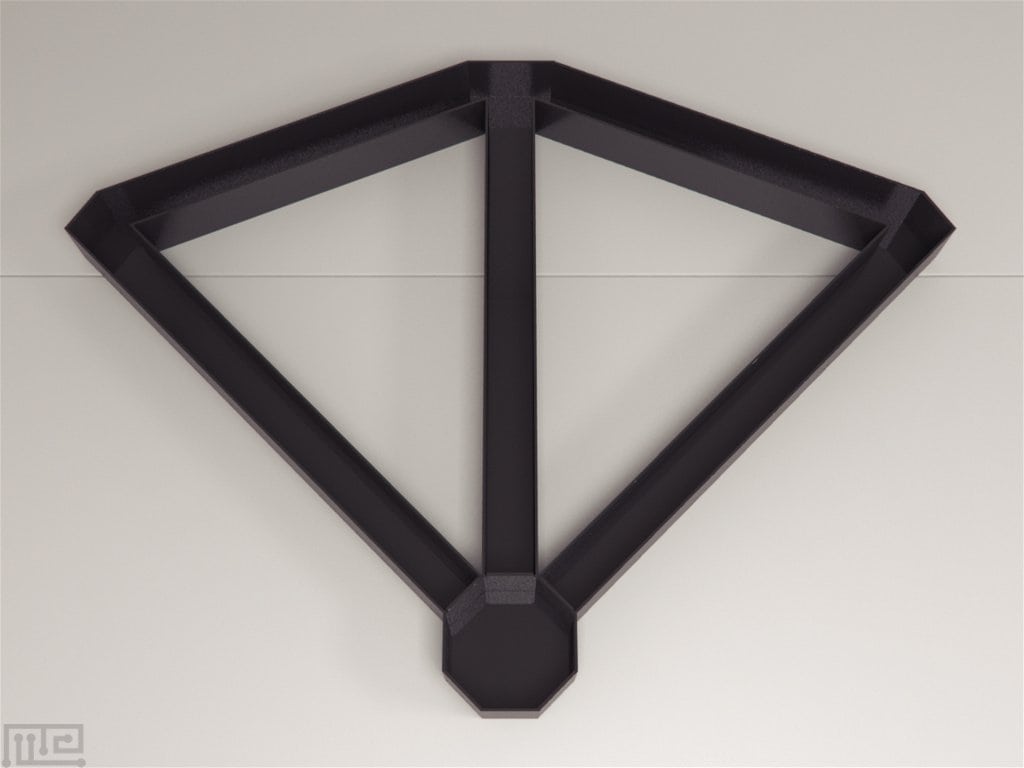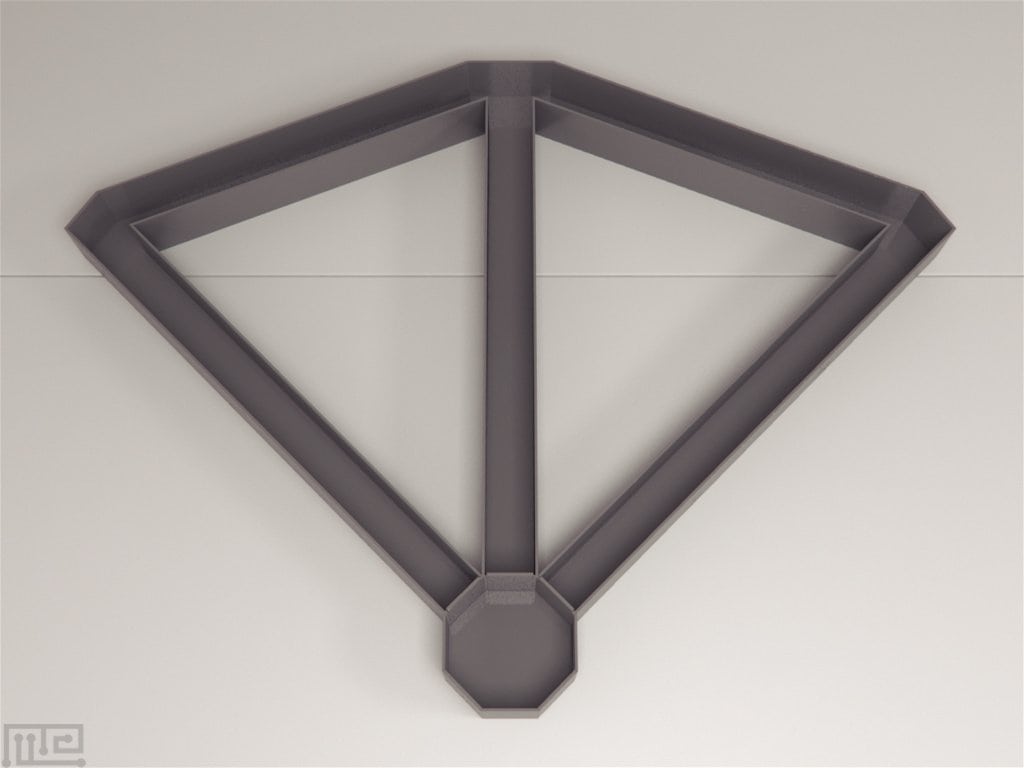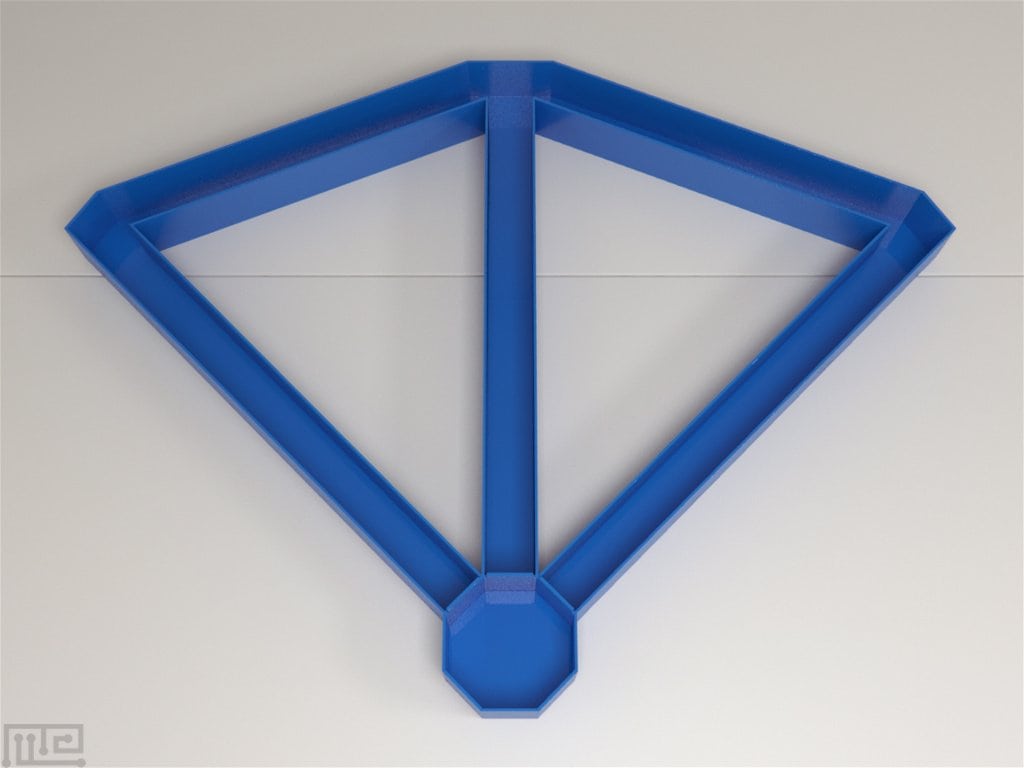Description
The Angled T Maze has been described in the literature for Grid cell experiments. It is a useful modification for continuity between the start and a second trial. The MazeEngineers Angled T Maze comes with three manual doors for your experiment.
Colors available: Black/Blue/White/Grey/Red/Clear
Price & Dimensions
Mouse
$ 2690
Per Month- Arm Length: 70 cm
- Wall Height: 20 cm
- Width: 6 cm
- Three removable Doors
Rat
$ 3490
Per Month- Arm Length: 110 cm
- Wall Height: 30 cm
- Width: 10 cm
- Three removable Doors
Large Rodent
$ 4590
Per Month- Arm Length: 220 cm
- Wall Height: 30 cm
- Width: 10 cm
- Three removable Doors
Are you an academic scientist and creator?
Learn how your lab can tech transfer this and similar devices from your lab to industry.
Documentation
Introduction
The Continuous Angled T-Maze is a behavioral task used in neuroscience to study spatial learning and memory in rodents. The Continuous Angled T-Maze is a modification of the traditional T-Maze. Just like the T-Maze, the underlying principle of the Continuous Angled T-Maze is based on the natural tendency of the rodent to explore the un-visited arm after retrieving food reward from one of the arms. The maze is also often used in Grid Cell experiments like the Hairpin maze. The maze is apt for exploring the neural basis of the place cells, grid cells and head direction of the hippocampus and medial entorhinal cortex in the spatial orientation of animals. This assessment, using the Continuous Angled T-Maze, is based on the fact that the different distinct functional cells within the hippocampal-entorhinal space circuit show a unique firing pattern of action potentials during the rodent’s movement.
The construction of the Continuous Angled T-Maze is similar to the conventional T-maze, with the exception that the arms are angled back to the start position. The maze gives the subject only two options: the left arm or the right arm, with any of these arms containing a food reward. The subject’s ability to remember spatial locations comes from a process of memory formation, consolidation and recall aided by the cells in the hippocampus and entorhinal cortex. Since the discovery of place cells (O’Keefe & Dostrovsky 1971) and grid cells (Hafting et al., 2005), a better understanding of the working of the neural network as a mapping system has been possible. The Continuous Angled T-Maze serves as a useful apparatus to further our understanding and assessment of the entorhinal-hippocampal representations of place, routes, and associated experiences.
Apparatus and Equipment
The continuous angled T-Maze is a modification of the conventional T-Maze. It consists of a capital ‘T’ shaped maze with the choice arms extended and angled back to the starting point, giving the maze the shape of two inverted equilateral triangles placed side by side.
All the arms of the maze range from 30 to 50 cm in length with a width 10 cm. Each of the two choice arms may contain a goal box to hold cues or rewards. Maze walls can vary in height from 20 to 30 cm. The dimensions of the maze can be altered to suit the needs of the experiment. Generally, guillotine doors are present at the entrance of each arm that can be automated or manually operated. These doors can be used to restrict the subject to a specific arm or prevent it from entering an arm. The maze is usually painted a dark color to reduce anxiety in animals while performing the task.
Training Protocol
Before training and testing, the apparatus is thoroughly cleaned to remove any residual stimuli from influencing the performance of the subjects. The experiment and the subject’s movement can be recorded and tracked using a tracking and recording software such as the Noldus Ethovision XT. Food scavenging behavior can be encouraged by food depriving the subject a day before the experiment.
Pre-Training for the Continuous Angled T-Maze
The subjects are pre-trained on an open-field before testing them on the Continuous Angled T-Maze. The subjects then rest in a sleep box. The open-field exploration is incentivized with rewards and lasts for at least 20 minutes for each subject.
Tetrodes are inserted in the CA1 region and the superficial layers of the medial EC (sMEC) for neural recording before training on the Continuous Angled T-Maze (O’Neill et al., 2017). The subject is allowed acclimation time on the Continuous Angled T-Maze before testing.
Evaluation of Spatial and Episodic Learning
After open-field pretraining and rest period, the subject is placed in the start arm of the Continuous Angled T-Maze. The sample trial is performed by closing off one of the arms and allowing the subject to explore the maze. After a delay period, wherein the subject is confined to the start area, the subject is reintroduced to the maze with both the choice arms open. The subject performs more than 30 trials of the non-match-to-sample task. The neural recording is simultaneously performed for both CA1 region and sMEC. At least 5 recording sessions are performed per subject. After each session on the maze, the subject is allowed to rest. During the trials, only one of the arm serves as the goal arm.
Data Analysis
The Continuous Angled T-Maze task assesses both the cells and processes involved in spatial memory formation, consolidation and recall in animal models. The analysis is performed based on the cell firing data, position data and path for both Open-field and Continuous Angled T-Maze.
The cell firing data is obtained from the tetrodes placed in the CA1 region and sMEC.
The process of memory formation and consolidation takes place during hippocampal firing. To assess whether the cells of the medial entorhinal cortex play an auxiliary or independent role in the spatial memory formation process, the waking experience of MEC cells and its relationship to hippocampal firing is examined by simultaneously recording the neurons from the CA1 region and sMEC. (O’Neill et al., 2017)
Data analysis includes the following.
- Linear rate maps
- Trajectory replay
- Spatial firing patterns
- Cross-correlation of event times
- Normalized CA1 ripple power during replay
Strengths & Limitations
Strengths
The Continuous Angled T-Maze, in comparison to other paradigms, allows a thorough examination of the role of place cells, grid cells and head direction of the hippocampus and medial entorhinal cortex in the spatial orientation of animals. The continuous arms of the maze allow trials to be carried out continuously without interruption. The guillotine doors allow closing off arms, thus allowing the creation of novel spaces when and if required for a trial. Since trials can be conducted without examiner interrupting the subject, external influences on the performance are reduced. The Continuous Angled T-Maze is a simple and effective maze for evaluating entorhinal-hippocampal representations of place, routes, and associated experiences.
Limitations
The Continuous Angled T-Maze has a more complex design than the conventional T-maze. The maze testing is rigorous, thus, can be stressful on the subject. The subject’s handling and transportation to the maze could also potentially affect the data and its behavior in the maze. Presence of any unintended stimuli or cues, could also potentially influence the subject’s performance. The Continuous Angled T-Maze task can be time-consuming.
Summary and Key Points
- Continuous Angled T-Maze is specifically used in the examination of spatial and episodic memories in rats.
- Continuous Angled T-Maze task allows assessment of the cells and the process involved in spatial memory formation, consolidation and recall in animal models.
- The choice arms of the Continuous Angled T-Maze are extended and angled back to the start point.
- The continuous nature of the maze allows conduction of repeated trials without interrupting the subject.
- The guillotine doors can be automated or manually operated to close off arms. This also allows the creation of novel spaces.
References
O’Neill J, Boccara CN, Stella F, Schoenenberger P, Csicsvari J (2017). Superficial layers of the medial entorhinal cortex replay independently of the hippocampus. Science. 355(6321):184-188. doi: 10.1126/science.aag2787.
Hafting T, Fyhn M, Molden S, Moser MB, Moser EI (2005). Microstructure of a spatial map in the entorhinal cortex. Nature. 436(7052):801-6.
O’Keefe, J., and Dostrovsky, J. (1971). The hippocampus as a spatial map. Preliminary evidence from unit activity in the freely-moving rat. Brain Res. 34, 171–175







